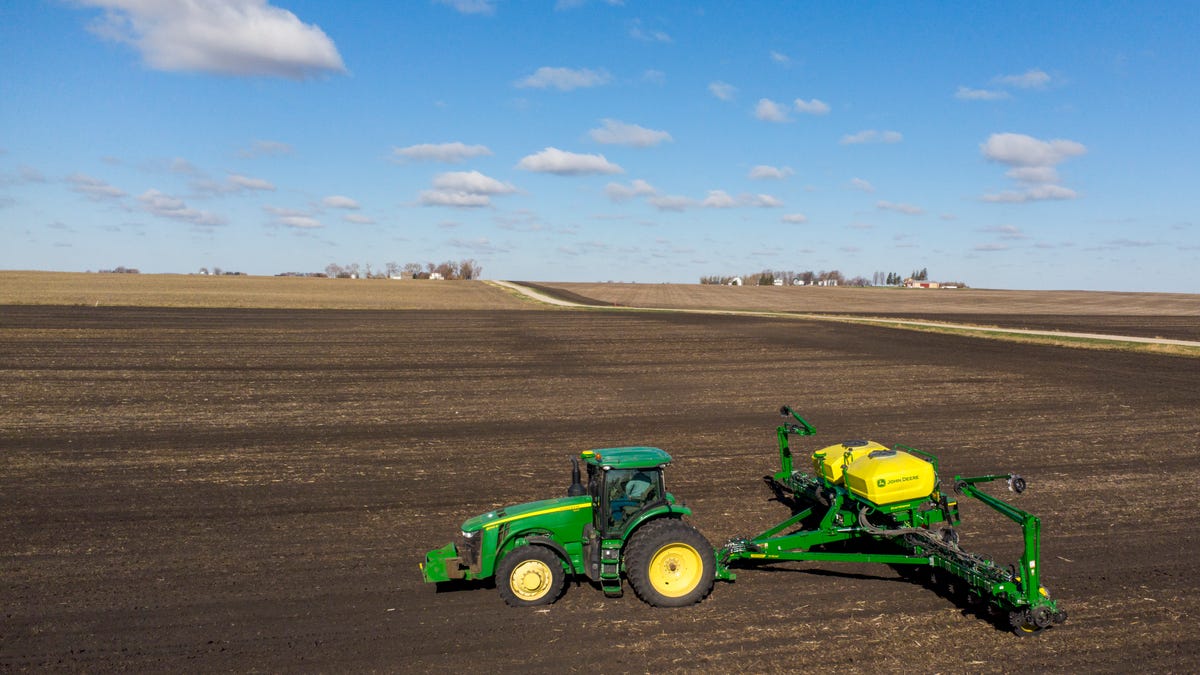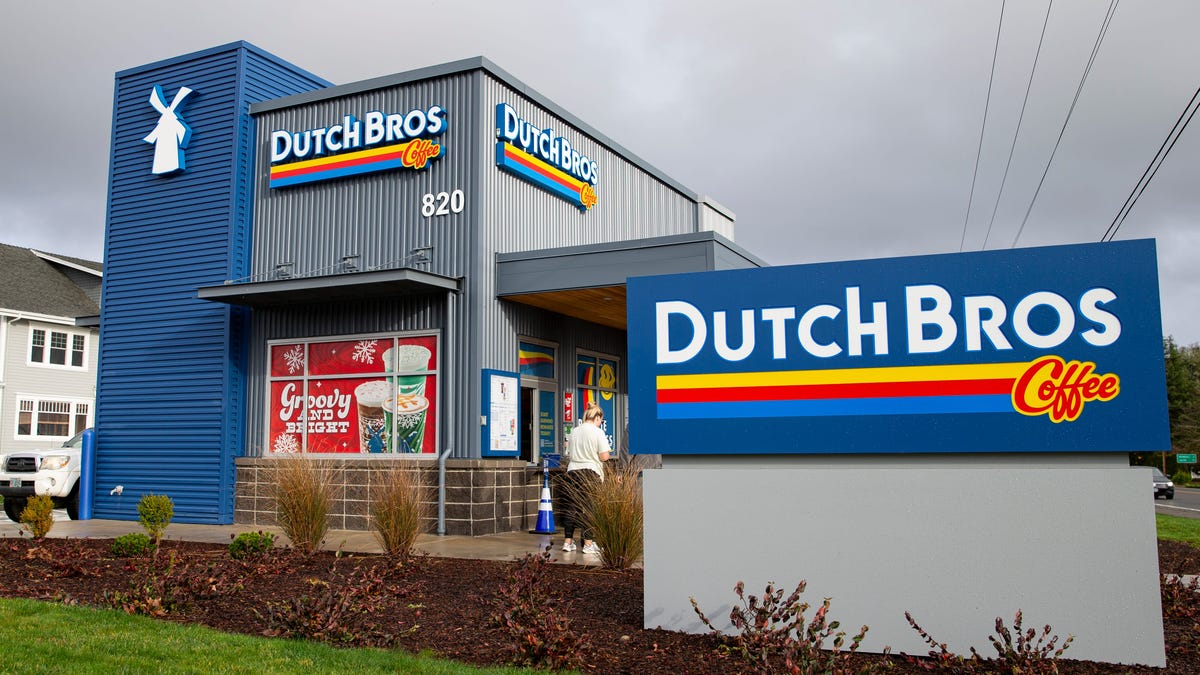Reaction from around the world as steel tariffs double
“Strongly regret,” and “unfair” were some of the reactions from trade partners around the world as the U.S. doubles tariffs on steel imports.
- Iowa’s economy, heavily reliant on manufacturing and agriculture, is significantly impacted by tariff policy uncertainty.
- Slow population growth in Iowa poses challenges for job creation and business recruitment.
- Robust job market and solid wage growth are positive economic indicators, but concerns remain about potential trade wars and their impact on supply chains and agricultural incomes.
Federal policy, particularly the Trump administration’s on-again, off-again tariffs, has caused uncertainty in the U.S. and Iowa economy. Austan Goolsbee, president and CEO of the Federal Reserve Bank of Chicago, spoke with the Des Moines Register, part of the USA TODAY Network, on June 3 during a two-day Iowa visit about the impacts of tariffs and the strengths and weaknesses he sees in the current economy, and what he was hearing from Iowans during his time in the state.
In a previous interview, you mentioned Michigan is the number one state affected by tariffs. Where does Iowa fall?
By one analysis, Iowa was number four. … But it’s not a surprise. (There’s) a lot of manufacturing, a lot of agriculture, both of which rely on supply and have a supply chain that relies on a lot of imported stuff and also heavily turned to export markets for their output. It was a topic of concern to everybody we were talking to in Iowa…
We’re seeing a lot of the major indicators in Iowa that show we are in an economic downturn. What are the short-term and long-term outlooks for Iowa’s economy?
(In the Midwest) we are more intensively agriculture manufacturing than the rest of the economy. So that means that historically we’re a little more cyclical, we’re more tied to the business cycle than the rest of the economy. So there is a lot of attention paid at the Federal Open Market Committee and elsewhere, looking at the canary in the coal mine of especially manufacturing or the more cyclical parts of the agriculture. That might make folks nervous if you’re trying to figure out where are we in the business cycle, that you start seeing downturn signals coming from Iowa. The only complication (or) subtlety is that the COVID recession was very strange, and it wasn’t driven by cyclical industries. It was driven by people not being able to spend money on services so health care and a bunch of things that are normally recession proof (that) led the recession. And so there’s been a phasing down of demand for physical goods that has affected the manufacturing parts of the Iowa economy that I don’t think are about the business cycle, so it could give a little bit of a misleading tie… as if that’s a sign of recession.
I think the challenge of Iowa, like much of the Midwest, is population growth has been modest at best and that contributes to lack of job creation, and if people are moving away, it can be harder for businesses to attract workers. And we did hear that from a bunch of folks that we talked to — that that was a major issue that we’re having to deal with.
It has been stated that a primary goal of the administration’s tariffs is to restore manufacturing in the U.S. There has also been a lot of discussion of whether these are jobs that Americans still covet. Your thoughts?
I don’t know. I mean, in a way, you would want to talk to the manufacturing folks themselves. When they are paid well, which historically they have paid well. there is a lot of demand of people to move into manufacturing to get good pay, but that all that hinges on the pay. They can be tough jobs, for sure. That said, it felt like there was a mixture of caution on the part of the manufacturers that we talked to, caution that if this tariff thing goes sideways, it wouldn’t help their domestic production, it might raise their costs, and they were nervous about kind of being thrown back into an environment like 2021-2022 when their costs (were) rising out of control. Some were even saying, well, if it was too big, it might be more like 2020, when there were shortages and they literally just couldn’t make product cause they couldn’t get chips or they couldn’t get critical components. But that said, there were a number of people who expressed a view that if they could use this as a form of leverage or as a way to open up new markets, and you can kind of change the status quo, and that could take place in the next, you know, 30 to 75 days, that we might end up in a better spot than we were before… . And my view was we were in a decent spot, coming in (to the tariffs) at a national level, that is, pretty stable employment and pretty modest inflation rates. We finally got it down and it looked like it was heading to 2% (the inflation rate goal of the Federal Reserve).
You recently discussed the fact that inflation for homebuying has far exceeded inflation in the rest of the economy blocking many young people from buying homes. Is there anything that can be done about that?
There’s nothing the Fed can do about that, (beyond) that we have stable inflation, and interest rates can come down and that translates into mortgage rates. There it could potentially stimulate construction. But the economist in me is basically like, you need supply, you need to build homes and there are regulatory obstacles, there are costs-of-production obstacles. And so I think that’s much of what’s going on… but I’m not positive.
Do you see interest rates coming down in the near future?
Before April 2 (when President Donald Trump announced tariffs, calling it “Liberation Day”) I was saying it looks to me like stable full employment with prices moderating and coming down to target. And therefore I believed over the next 12 to 18 months rates would likely come down a fair amount from where they were. And now it’s been almost three months since I said that. I still feel like underneath there, nine to 12 months or so from now, rates could be lower, but it has thrown me for a little bit of a loop that we threw so much dust in the air from this uncertainty. We need to get some clarity that it’s not going to be bad as the initial announcements made it seem.
What are the most encouraging things you are seeing about the economy and what would be the elements that give you concern?
The strongest thing in the economy in the last couple of years, number one, has been the job market. It’s quite robust and wage growth has been solid. If you look at productivity growth, that is output per hour of work or output per worker, that’s a series that economists tend to use as a rule of thumb, the most important driver of standard of living. The productivity growth rate tends to be pretty constant over long periods of time, and in the last couple of years there’s been a notable increase in that productivity growth rate. … We’re still not totally sure if that a one off. Is it related to new technology? Is it because there’s flexibility and people can work from home or they rematch to better jobs? … But that rise in productivity is very exciting and I think is, at its heart, one of the reasons why wages have been able to grow faster than inflation by as much as they have.
On the concerns side, I still have substantial concerns that if the tariffs morph into an escalating trade war where we put in big tariffs, and then there’s big retaliation and then we put in more big tariffs, that it threatens to throw us backward to a 2021 type of environment or even a 2020-type environment where we’re going to have supply disruptions and it raise(s) the cost of production and cuts off the output markets for our agriculture, for our manufacturing, and stuff like that. So that’s why personally, I’m still in this wait-and-see posture. That may not be what happens and it’s an area of concern in the agriculture space that affects Illinois and Iowa and Indiana pretty directly. They’re in what I might call the margin squeeze (with) the cost of supplies, and chemicals, fertilizers, etcetera, rising still pretty significantly, but… they can’t get higher prices for what they’re selling. … So it feels like farm incomes is going to still be in for a bit of a bumpy ride. It kind of was even before we got into the uncertainty about tariffs policy.










